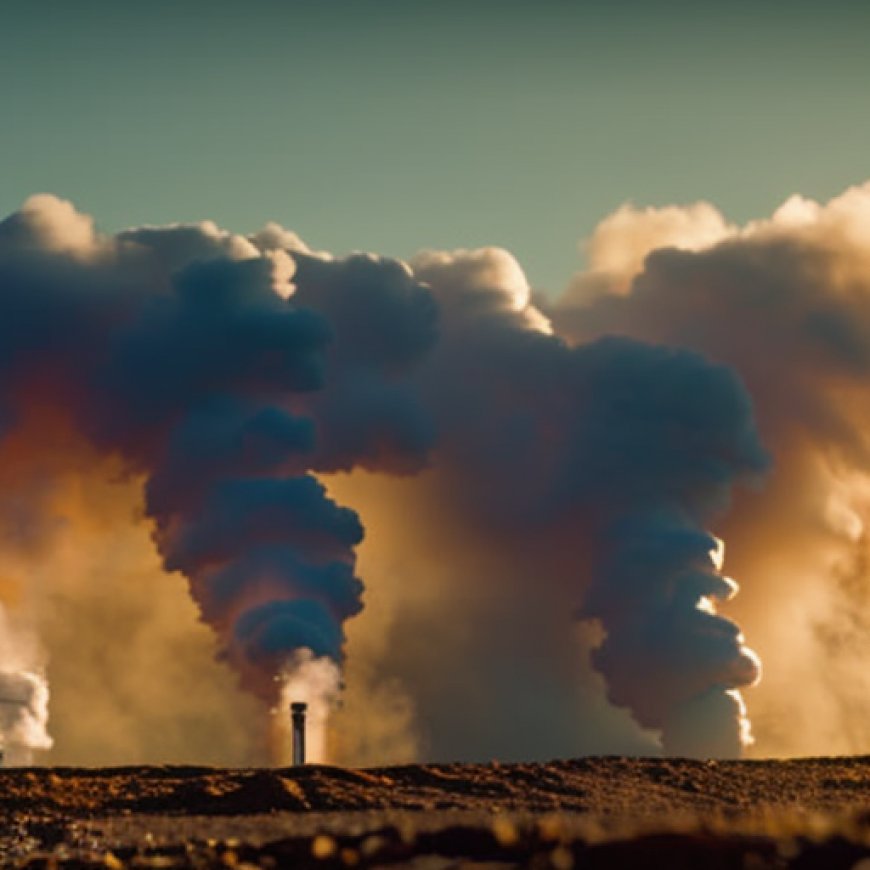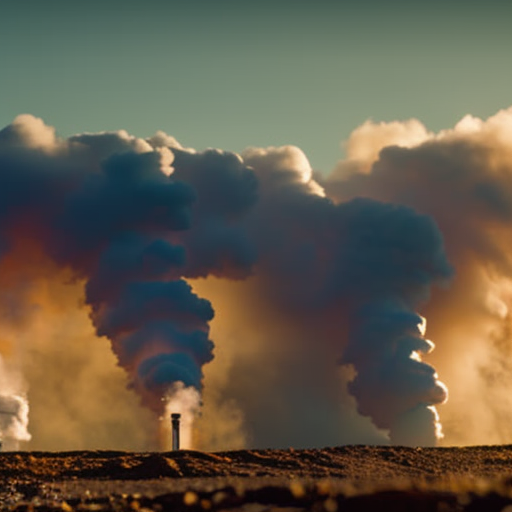Geothermal is the hottest thing in clean energy. Here’s why
Geothermal is the hottest thing in clean energy. Here's why Canary Media


Next-Generation Geothermal Technologies and the Sustainable Development Goals
Introduction
Enhanced systems involve drilling dozens or hundreds of wells to create more artificial reservoirs underground. But another type of next-generation technology, called advanced geothermal, typically involves drilling just one or several very deep boreholes. A sealed-off, closed-loop system circulates fluids from top to bottom, collecting heat from the hot rocks below and bringing it to the surface — without injecting fluids directly into the ground.
Eavor’s Advanced Geothermal Project
Canadian startup Eavor has been operating an advanced geothermal demonstration project since 2019 in the province of Alberta, though the system isn’t connected to the grid. Last year, Eavor drilled a hole 18,000 feet deep in southwest New Mexico to prove it could harness heat trapped in hard granite rock. Now the company is developing a project in Geretsried, Germany that aims to generate 8.2 MW of electricity and 64 MW of industrial heat by 2027.
Superhot Rock Energy
The third, and least-developed, type of next-generation geothermal is called superhot rock energy. The idea is to inject water to depths where rock temperatures exceed 750 degrees Fahrenheit (400 degrees Celsius) to power generators — potentially as deep as 8 miles down. Existing drilling equipment and well casings aren’t designed to withstand such extreme temperatures or pressure. But researchers are working on advanced tools. Quiase Energy, a startup with MIT origins, raised $21 million in new funding this month to develop high-frequency beams that melt and vaporize rocks.
The Potential of Superhot Rock Energy
On March 21, during the major energy conference CERAWeek in Houston, researchers released new findings about the global potential of superhot rock energy. A first-of-a-kind modeling tool suggests that tapping into 1 percent of superhot rocks in the U.S. alone could produce 4.3 terawatts (4,300 GW) of clean, firm power. That’s enough energy to power New York City 687 times over, according to the Clean Air Task Force and the University of Twente in the Netherlands.
Challenges and Solutions
Yet for all of its momentum, next-generation geothermal isn’t guaranteed to achieve commercial scale. The industry could still struggle to advance beyond today’s tiny number of bespoke and expensive early-stage projects. The single largest barrier to scaling up next-generation geothermal is convincing banks and other large investors to pony up for these risky, unproven systems.
Another solution to geothermal’s money problem is the oil and gas industry. Fossil-fuel companies are increasingly using dollars from their dirty business to invest in companies looking to harness clean heat from the earth.
Permitting and Environmental Considerations
Still, there are plenty of barriers that capital and experience can’t readily address. Lengthy permitting delays, for instance, make it harder and more expensive for next-generation geothermal companies to develop new projects. And even as companies strive to move at breakneck speeds, they’ll need to proceed cautiously enough to limit the potential for environmental impacts, including induced earthquakes that rattle buildings and possible groundwater contamination from chemical compounds used in wells.
The Potential Payoff
The payoff of overcoming these varied challenges — and properly dealing with the risks — is potentially huge for the nation’s efforts to reshape the electricity grid into a system that can power homes, factories, and data centers without wrecking the climate. Once these barriers are overcome, next-generation geothermal technologies can become a viable and sustainable energy source.
SDGs, Targets, and Indicators
1. Which SDGs are addressed or connected to the issues highlighted in the article?
- SDG 7: Affordable and Clean Energy
- SDG 9: Industry, Innovation, and Infrastructure
- SDG 13: Climate Action
2. What specific targets under those SDGs can be identified based on the article’s content?
- SDG 7.2: Increase substantially the share of renewable energy in the global energy mix.
- SDG 9.4: Upgrade infrastructure and retrofit industries to make them sustainable.
- SDG 13.2: Integrate climate change measures into national policies, strategies, and planning.
3. Are there any indicators mentioned or implied in the article that can be used to measure progress towards the identified targets?
- Percentage of renewable energy in the global energy mix.
- Investments in sustainable infrastructure and clean technologies.
- Integration of climate change measures in national policies and planning.
Table: SDGs, Targets, and Indicators
| SDGs | Targets | Indicators |
|---|---|---|
| SDG 7: Affordable and Clean Energy | 7.2: Increase substantially the share of renewable energy in the global energy mix. | Percentage of renewable energy in the global energy mix. |
| SDG 9: Industry, Innovation, and Infrastructure | 9.4: Upgrade infrastructure and retrofit industries to make them sustainable. | Investments in sustainable infrastructure and clean technologies. |
| SDG 13: Climate Action | 13.2: Integrate climate change measures into national policies, strategies, and planning. | Integration of climate change measures in national policies and planning. |
Behold! This splendid article springs forth from the wellspring of knowledge, shaped by a wondrous proprietary AI technology that delved into a vast ocean of data, illuminating the path towards the Sustainable Development Goals. Remember that all rights are reserved by SDG Investors LLC, empowering us to champion progress together.
Source: canarymedia.com

Join us, as fellow seekers of change, on a transformative journey at https://sdgtalks.ai/welcome, where you can become a member and actively contribute to shaping a brighter future.







